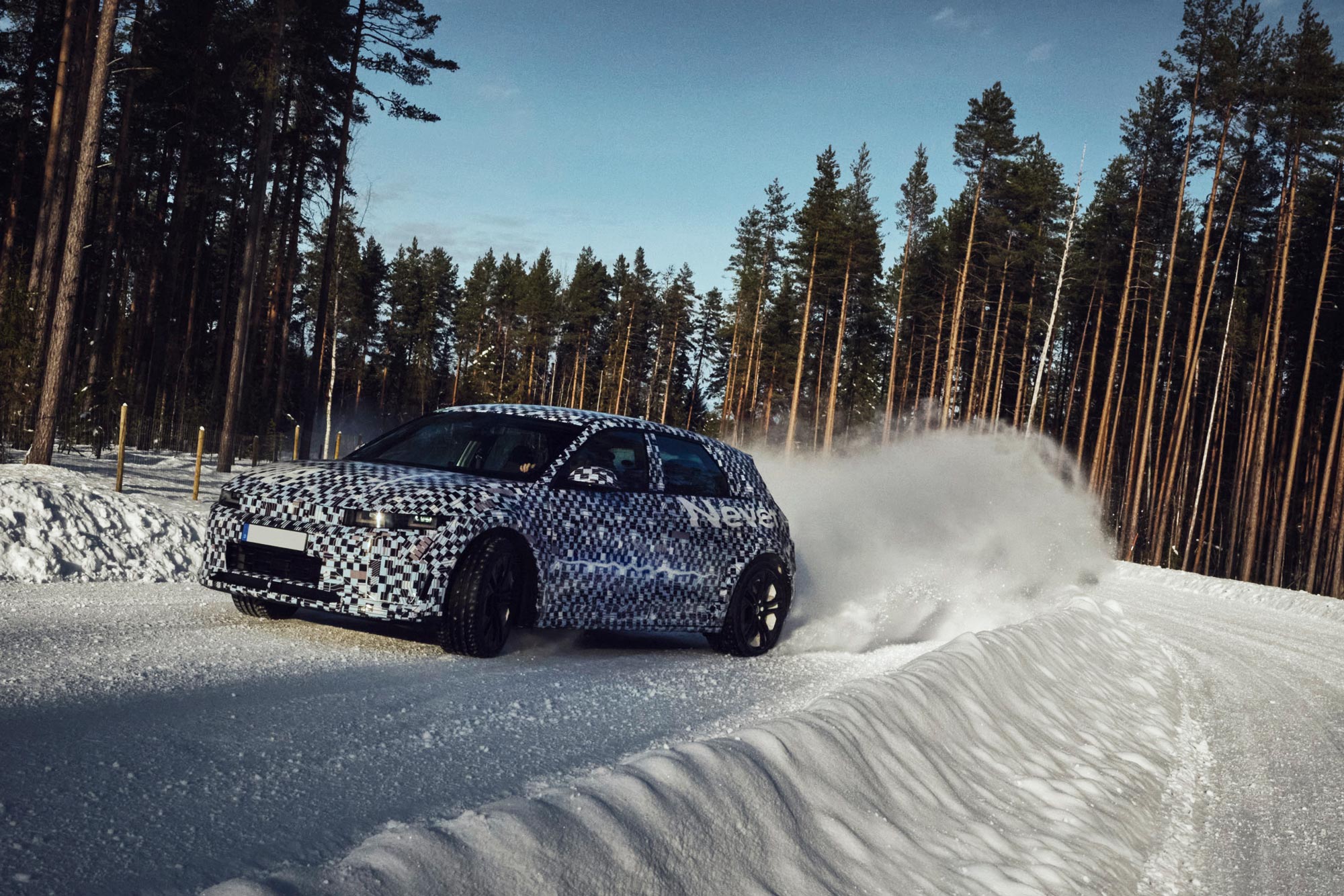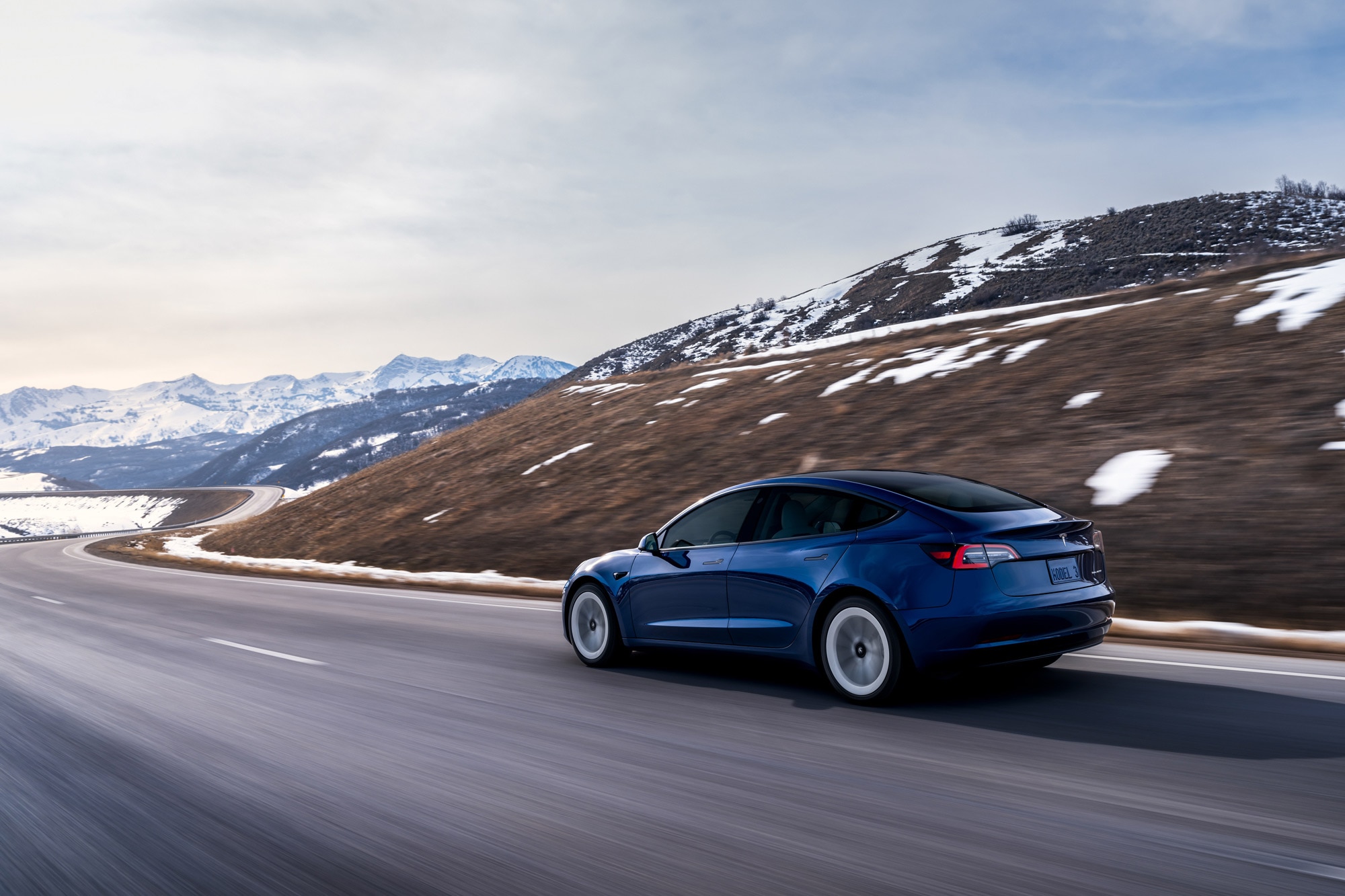3 Reasons to Buy an EV With a Heat Pump
Unlike a gas car, electric vehicles rely on the battery to create heat. Heat pumps can help them be more efficient.
 Nissan
Nissan
Cold weather poses a challenge for electric vehicles. When the temperature drops, so does range. But some EVs fare better in winter than others, and their edge lies in the device they use to warm up the cabin and its occupants: the heat pump.
The massive lithium-ion batteries in EVs work well when temperatures are moderate, but when it's cold outside, lithium ions slow down, making batteries less efficient, which saps range. But EVs face another, even greater cold-weather challenge. Unlike gas-powered cars, which use the excess heat from the engine to warm the cabin, EVs produce very little waste heat and therefore must rely on their already-taxed batteries to warm things up. This process, more than the cold itself, is the real winter range killer.
That's where EVs with heat pumps have a distinct advantage. Many EVs warm their cabins with resistive heaters, which use electricity to heat wires and then blow air over them. That process draws considerable energy from the battery. The Nissan Ariya, Hyundai Ioniq 5, all new Tesla models, and a growing number of other electric vehicles now come with heat pumps, which use a far more efficient warming process, leaving more charge available for propulsion.
Heat pumps have gained popularity in recent years as a promising piece of range-preserving technology. This is especially important if you live where the mercury regularly dips below freezing.
 Hyundai
Hyundai
Heat Pumps Preserve Range in Cold Weather
Given how range-conscious many EV drivers are, anything that saves range is worth considering, and heat pumps do just that. Instead of heating up wires, heat pumps essentially move heat from outside the car to inside, akin to a refrigerator but in reverse. Outside air is drawn in and compressed, and the resulting heat from the system's condenser is used to warm the cabin.
The process is highly efficient, so it has minimal impact on range. In a study conducted by electric mobility-focused publication Move Electric, EVs with resistive heat fell short of their typical range by 33.6% on average in cold weather, while cars with heat pumps fell short by 25.4%.
 Tesla
Tesla
Heat Pumps Can Precondition the Cabin Before You Leave Home
One of the great perks of owning an EV is the ability to precondition the cabin before you head out on a frigid morning. Just set your departure time in the infotainment system or through a smartphone app and enjoy a toasty cabin when it's time to go.
Heat pumps make this process far more efficient, leaving as much power as possible for actual driving. If you precondition your car when it's plugged in, you'll be able to leave home with both a warm car and a full charge.
Efficiency is even more important if you warm your car when it's not plugged in because you don't want to do anything to drain your battery before setting out in the cold.
 Tesla
Tesla
Heat Pumps Can Speed Up Charging
The cabin isn't the only place where heat is needed. EV batteries charge fastest when the ambient temperature is between about 60 and 95 degrees Fahrenheit. In colder temperatures, the battery benefits from being warmed before you plug in.
Many EVs have settings that can begin preconditioning the battery on the way to a charger, but that warming process draws energy from the battery. Heat pump-equipped EVs can employ the same efficient process used to warm the cabin to precondition the battery, meaning you'll have less reason to fret about your dwindling range while you're making your way to a charger.
Written by humans.
Edited by humans.
 Connor Hoffman
Connor HoffmanConnor Hoffman is a writer and editor based in Kansas City. Prior to becoming a freelance writer, he was an editor at a national car magazine and worked in communications at a major automaker. He loves off-roading and camping in his 4Runner, golfing (poorly), and shredding on his mountain bike.
Related articles
View more related articles